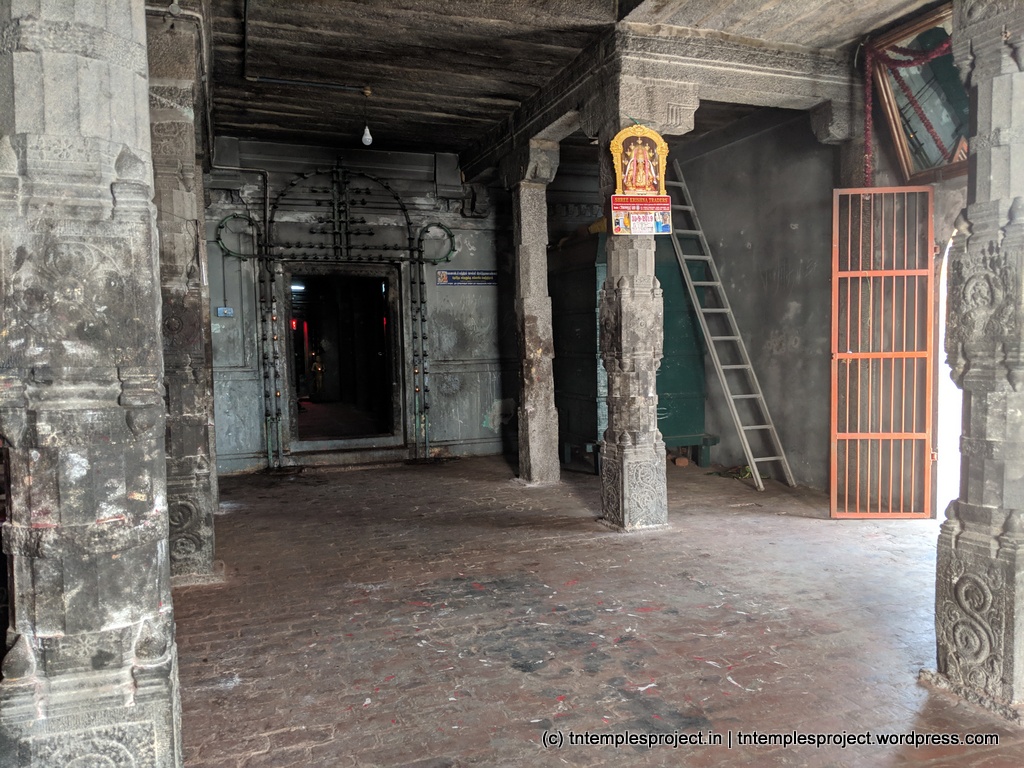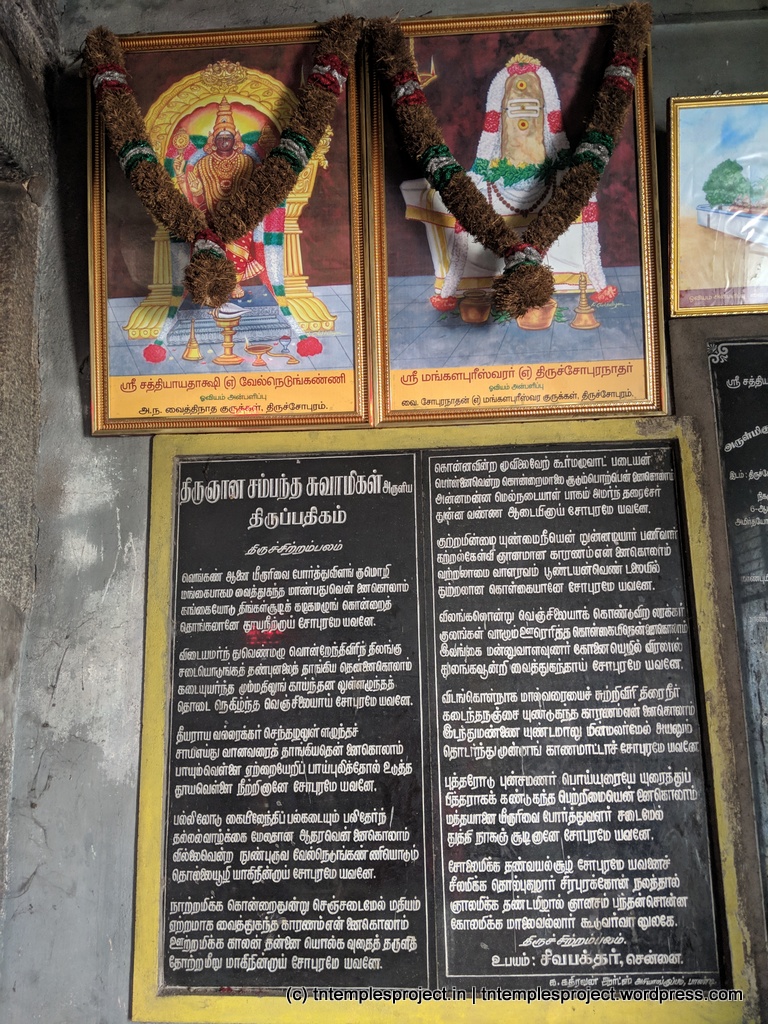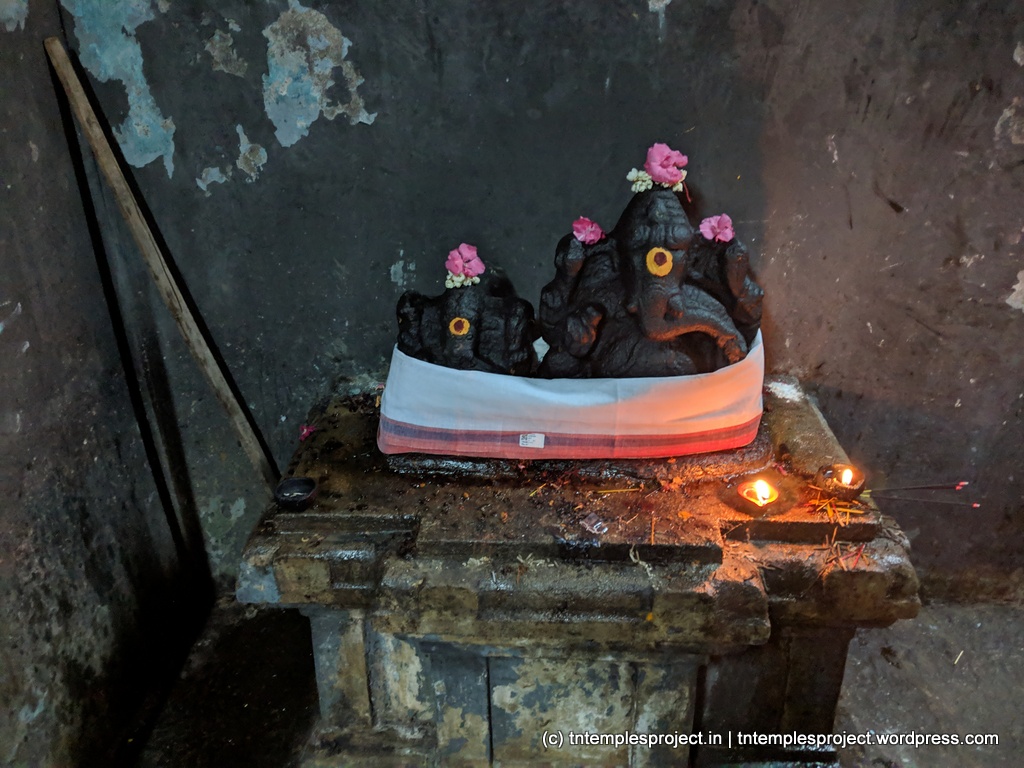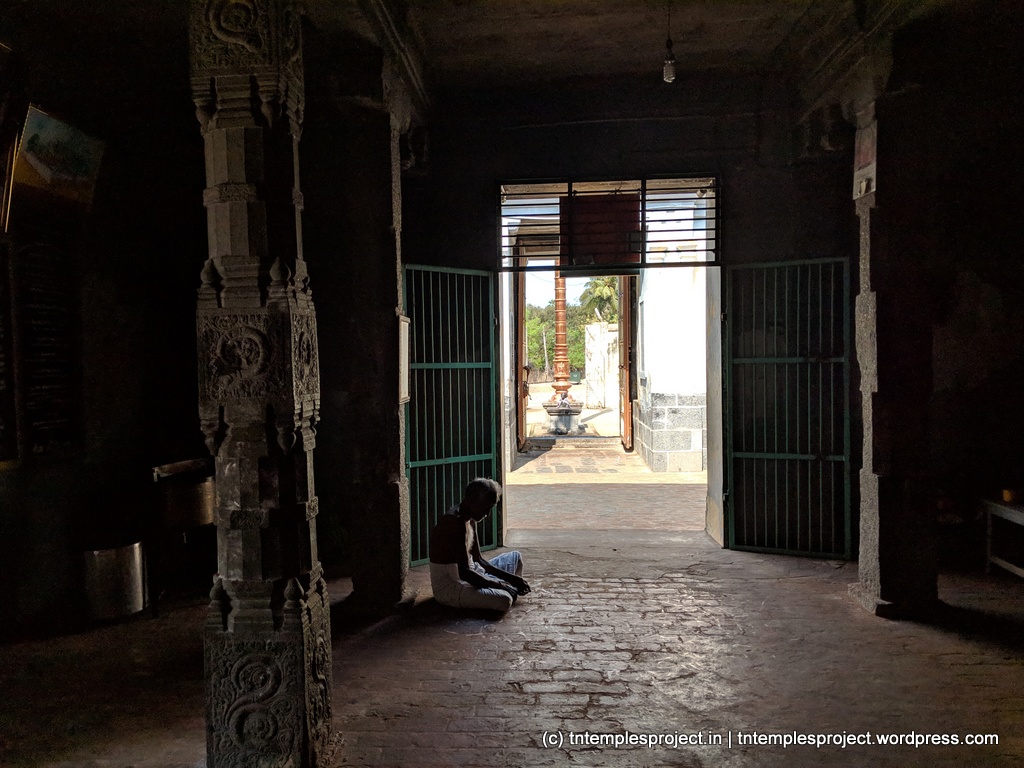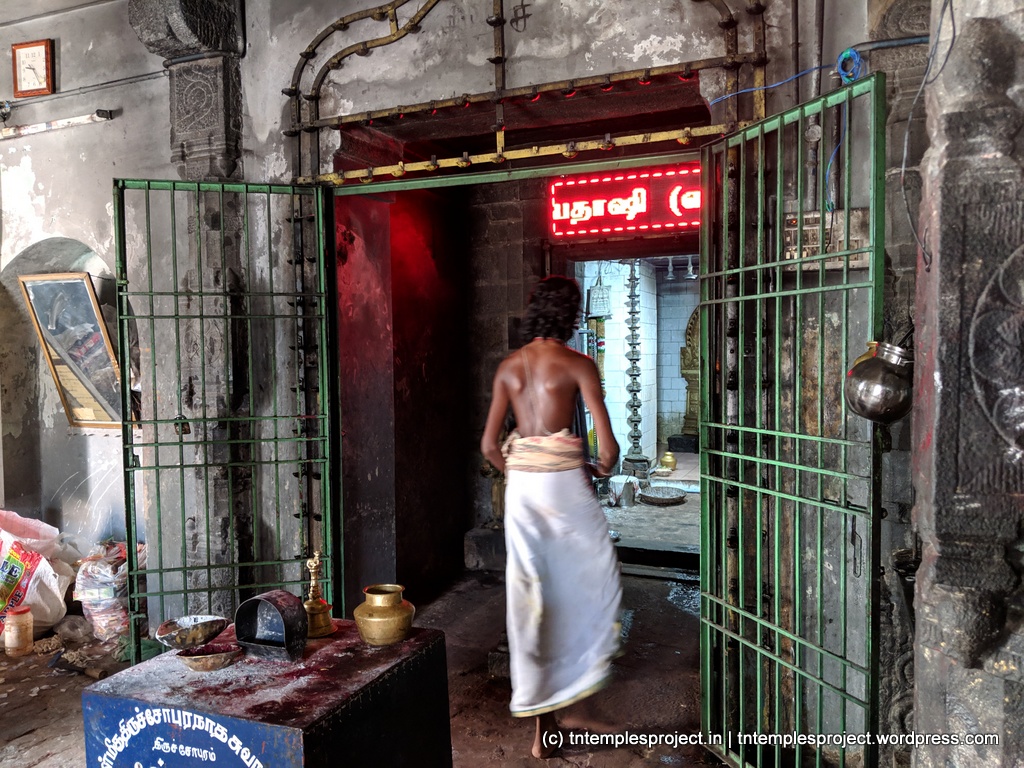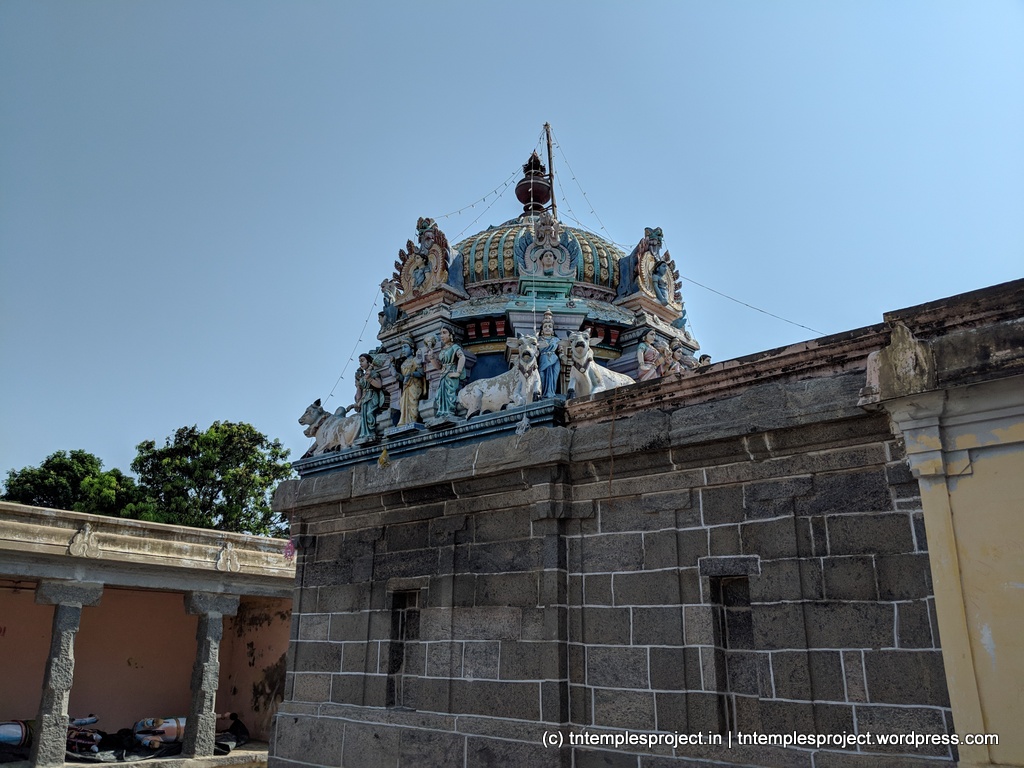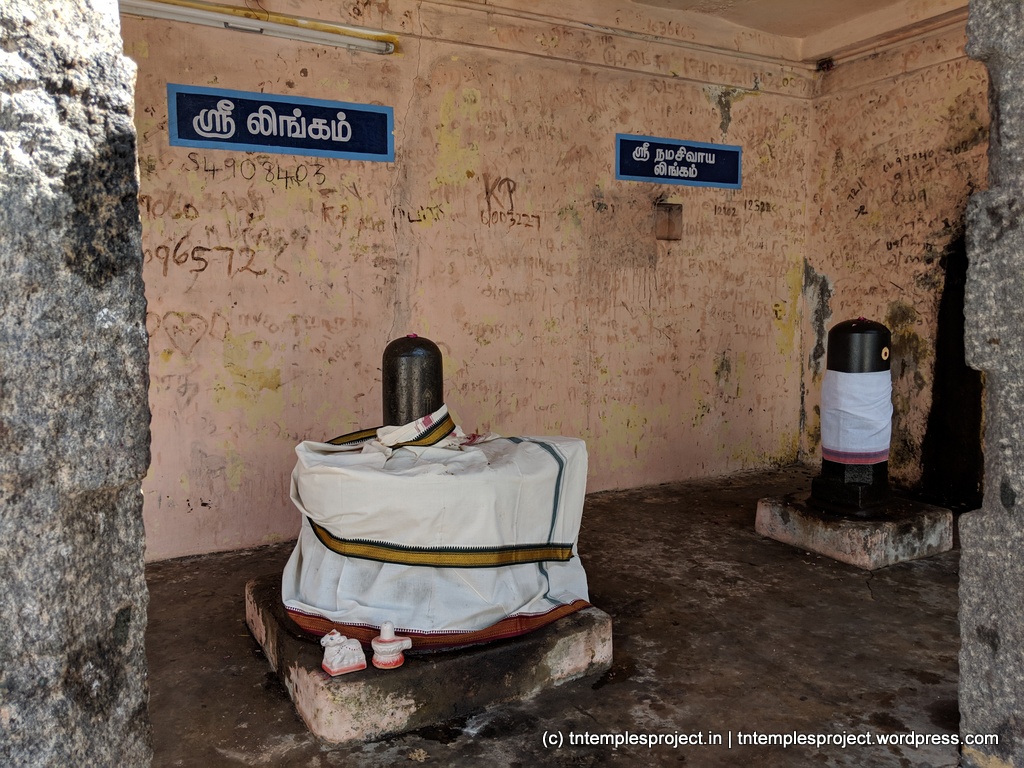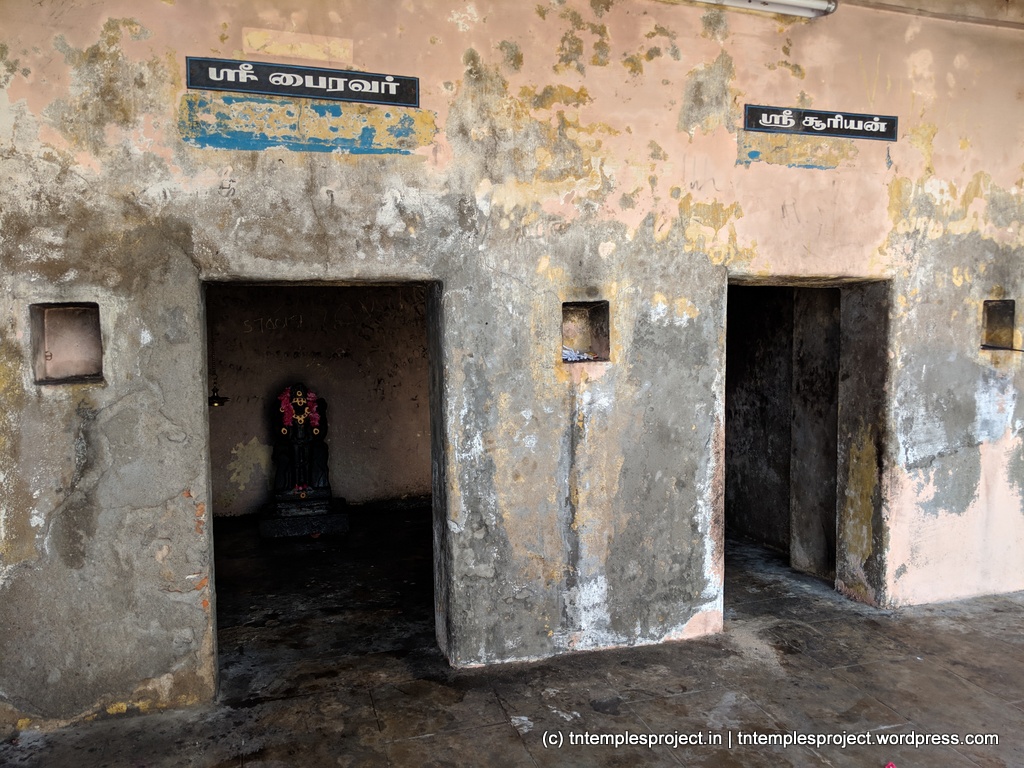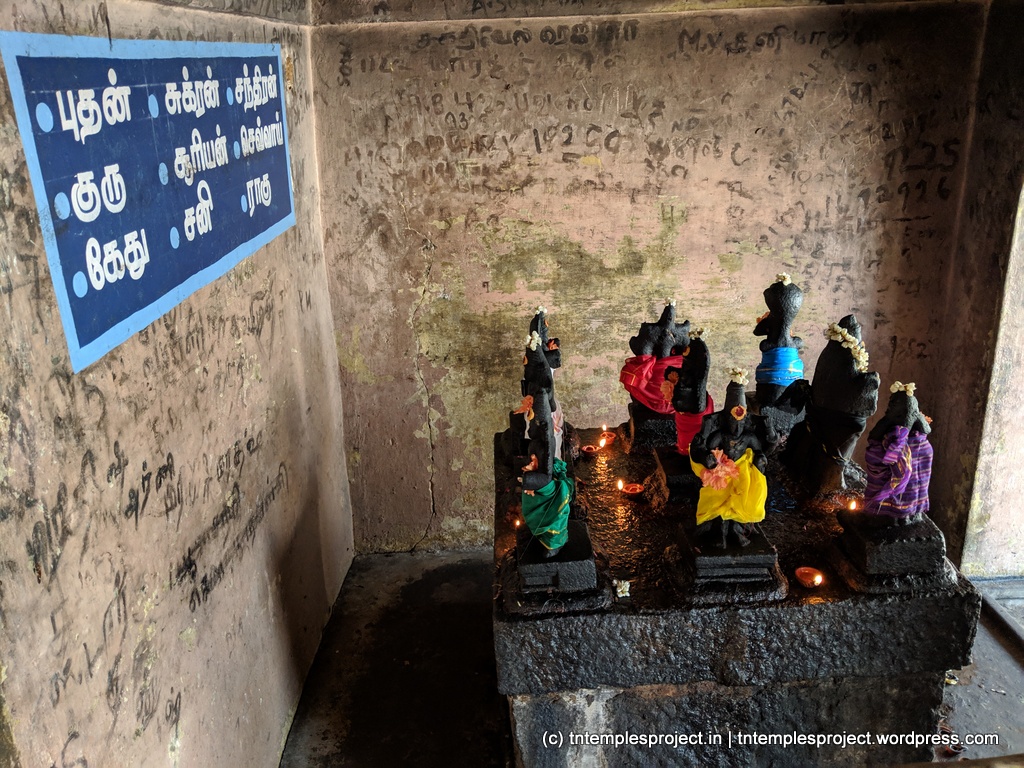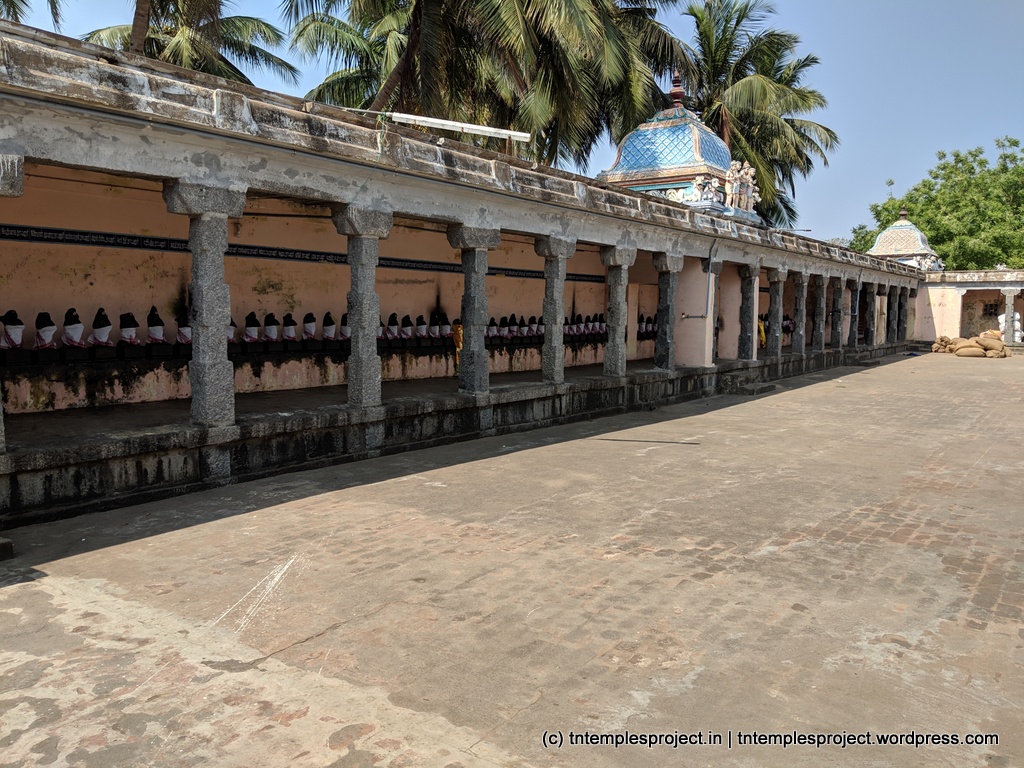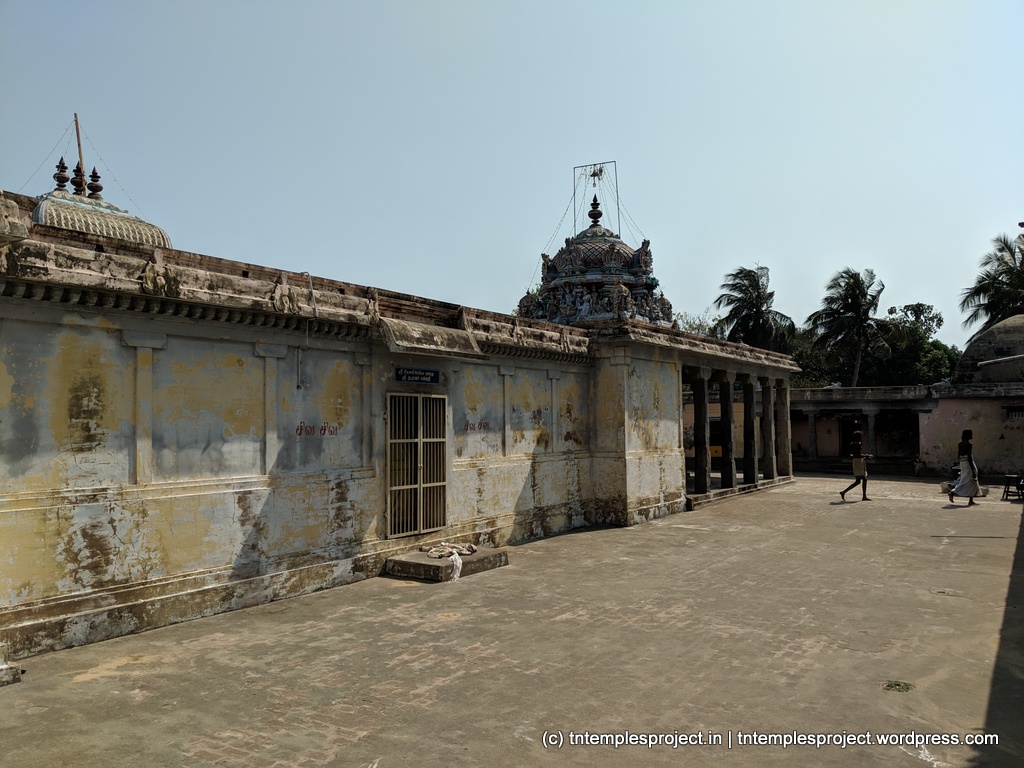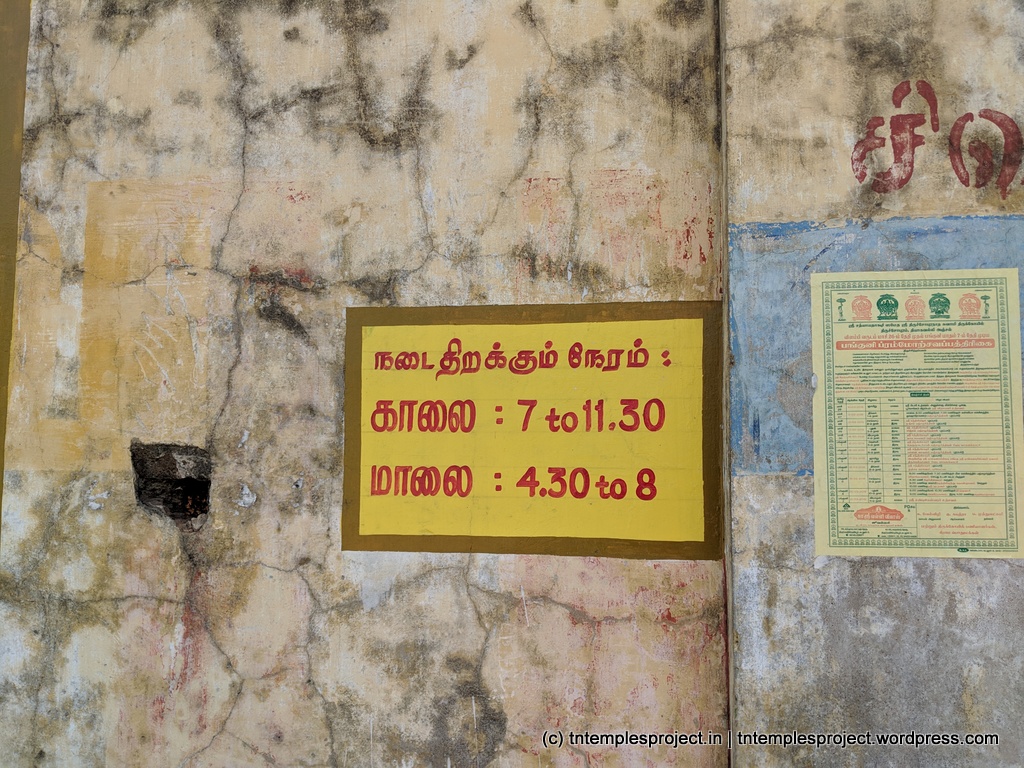Basic information about the temple
| Moolavar: | Mangalapureeswarar | Ambal / Thayar: | Thyagavalli Ammai, VaelnedumkaNNi |
| Deity: | Siva | Historical name: | Tiruchopuram |
| Vriksham: | Kondrai | Teertham: | Well inside temple, pond outside temple |
| Agamam: | Age (years): | ||
| Timing: | to & to | Parikaram: | |
| Temple group: | Paadal Petra Sthalam (Nadu Naadu) | – | |
| Sung by: | Temple set: | ||
| Navagraham: | Nakshatram: | ||
| City / town: | Thyagavalli | District: | Cuddalore |
| Maps from (click): | Current location | Cuddalore (18 km) | Viluppuram (56 km) |
| Mayiladuthurai (73 km) | Kumbakonam (103 km) |
Location
Tiruchopuram is located about 20km from Cuddalore.
Sthala puranam and temple information
During the marriage of Siva and Parvati, Sage Agastyar was sent to the south to balance the world. The sage, wanting to have a vision of the marriage, installed a Lingam and worshipped it, at many places. When he came to the seashore here, he developed a sudden attack of stomach pain. He tried to create a Lingam using sea sand, but it would not retain shape. Realizing this was a play of the Lord, he mixed the juice of some herbs with the sand, and the Lingam then stayed in shape, and his ache was cured. Pleased with his worship, Parvati – also whose idol Agastyar had established – merged with the Lingam.

Since Parvati merged with Siva here, only kumkumam and turmeric (manjal) are given as prasadam here, and not sacred ash (vibhuti). Since these denote auspiciousness (Mangalam), the Lord here is called Mangalapureeswarar.
This is a west-facing temple. The Lingam is installed on a square avudai. There is a spherical structure on top of the Lingam, which is regarded as the River Ganga flowing from the Lord’s matted hair.
Dakshinamurti here is called Isai Dakshinamurti, and one can hear the seven musical notes when the murti is tapped. Musicians worship this Lord here in connection with their careers. Unusually, Dakshinamurti is clad only in white and not in saffron or yellow, at this temple – this is because the moolavar, being Mangalam in nature and name, is clad in yellow. Also, unlike normal representations, the agni (flame) is on His right hand and the snake on the left.
There is a separate shrine for Kannappa Nayanar at this temple, which is quite rare as he does not seem to be associated with this temple in any way. Lingodhbhavar is depicted with Vishnu and Brahma as worshipping Siva (and not just as the boar and swan).

While this is regarded as an ancient temple, the construction of the structural temple here is estimated to be in the 12th century, during the time of Kulothunga Chola II (Tribhuvana Chakravarti). The place is also called Thyagavalli, which was the name of his queen. The current name – Tiruchopuram – comes from Cholapuram, since this temple was constructed by the Chola king. There are also inscriptions that refer to grants by Pandya kings.
Thereafter, the temple seems to have been was buried under the sand (being very close to the seaside). About 200 years ago, Ramalinga Yogi of Madurai Adheenam noticed the kalasam and dug out the temple with the help of the local population. It is said that they found a lamp still burning in the main shrine, and it is believed that Devas were worshipping all the while. The yogi was also called Thambiran, and so the temple came to be called Thambiran Kanda Kovil. The closeness to the sea is also evident from the sand in the outer prakaram.
Other information for your visit
Contact
Phone: 94425 85845
Gallery



